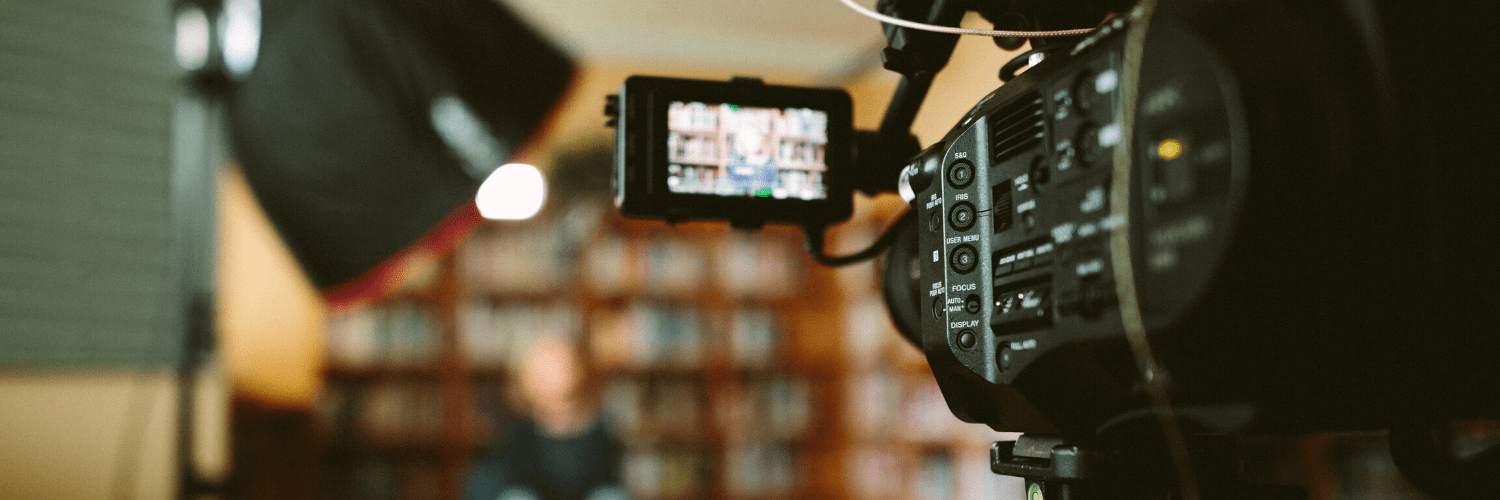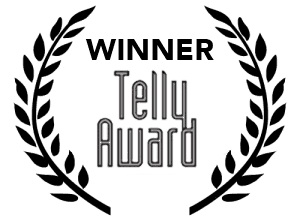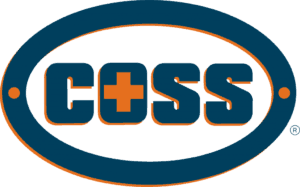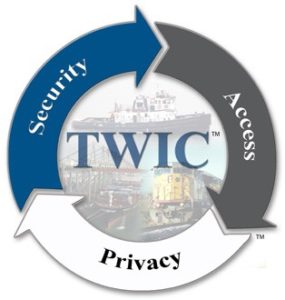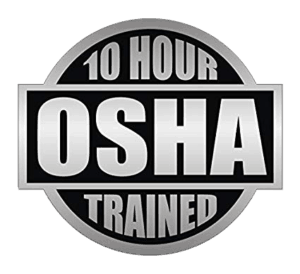Everyone is vulnerable to crisis. The only question is when crisis occurs, are we prepared to respond? And, if the answer is no, then how can we do better next time?
We know how to plan for a crisis. As businesses, the key to productive crisis communication communication is your preparation. We need a plan, and we need to know how to execute it well.
And, we’ve even planned for those “what if” scenarios before – to varying degrees. We’ve dealt with a hurricane or a flood plenty of times to know we should factor that in when thinking about business.
We weren’t prepared for COVID-19
The problem with COVID-19 is that it’s unprecedented. Of course, this virus is not the first infectious disease to take lives and wreak havoc on industry, but it’s the first time this has occurred in our unique moment in history.
We are more connected than ever before through global trade and travel. For those with economic means, it’s easy to visit new countries and return home with a virus in tow.
But, unlike the time of the polio outbreak or the Spanish influenza, the internet enables us to vastly accelerate the spread of misinformation, fear, and doubt into a population that’s also contending with a looming recession.
Reacting to COVID-19
Many businesses are scrambling, some are bursting forth with desperate new ideas, and others are outright failing.
But, successful or not, those are all reactions. So many articles call for businesses and individuals to slow down and reflect. We need to be responding, not reacting to the crisis.
And, then we need to document our response. It’s our responsibility to record what is working during this time to better equip ourselves and others in the future.
What we need to document
First, we need to document our response. And, we need to use that information to create a more informed crisis communication plan for the future.
Second, we should document the business practices of those who are successfully pivoting toward success during this uncertain economic time. Is working from home a benefit you could offer your employees with more confidence in the future? What technological adaptations could boost your business in the long run? Now we see the light! How many meetings could’ve been an email!
More seriously, if we don’t record these occurrences, we’re not going to progress and be better prepared for next time.
Finally, we need to look for ways to add value.
How can we help those who are struggling with social isolation right now? How can we help better prepare those in the future to avoid a repeat situation?
We can do practical things, like share innovative, creative educational opportunities, like The Grandparents’ Academy or online learning content, like Knowledge on the Go.
The value of a healthcare professional’s perspective
But, we’re still not seeing exactly what is going on behind the frontlines of this pandemic.
Unless you’re a healthcare professional, you’re constantly looking for secondhand information to allay your fears. And, unfortunately those sources are sometimes dubious.
People keep sharing social media posts from healthcare professionals who’ve shared their personal perspective and interaction with the disease.
They tell us what it’s like to care for people who are forced to pass without friends or family. They urge us to follow the rules and remain home and offer insight on what we can do to support.
The unfortunate reality is that until people truly SEE and connect with the effects of this disease, there are going to be those who don’t take it seriously.
And, worse. Those who will still not take it seriously in the future.
That’s why documenting what’s happening in hospitals is so important. We have to capture these moments in history to share with posterity.
After all, what could be a more powerful PSA than seeing the real deal?
There are still people ignoring rules and reason because colorful graphics and Facebook live streams don’t cut it. It’s the photos of bodies lining hospital walls that grip us most powerfully.
People need to see the healthcare professionals risking their lives, offering compassion and care in the midst of fear and confusion.
A visual representation is the most powerful form of communication. It’s the PSA people need to stay home and stay safe. It’s a tool we need to have for future crisis.
So, how are you documenting your response to the crisis? What are you giving to those who will have to confront another pandemic in the future?
